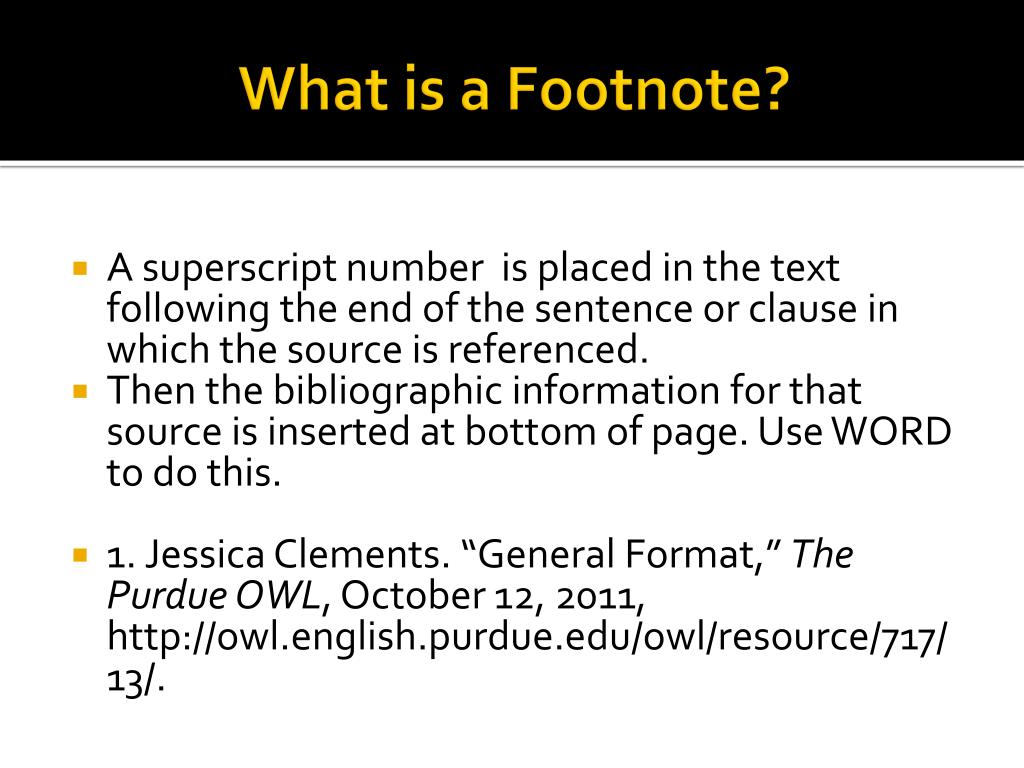


How to Use Footnotes in Essays 4.1 Style Guides 4.1.1 Modern Language Association (MLA) 4.1.2 American Psychological Association (APA) 4.1.3 Chicago Manual of Style (CMS) 5. How to Do Footnote Citations 3.1 In-Text Citations 3.2 Footnotes 4. Endnotes 2.1 Should I Use Footnotes or Endnotes? 3. We've outlined how to use footnotes below. Take a look at the example below to see where footnotes appear on a page: These citations and explanations are called "footnotes" (because they appear in the footer of the page).

Sometimes this information will come in the form of citations, but sometimes it will simply present additional notes about the topic at hand. These numbers usually appear as superscripts and correspond with numbers placed at the bottom of the page, next to which appears further information that is both necessary and supplementary. His voice rose under the black smoke before the burning wreckage of the island and infected by that emotion, the other little boys began to shake and sob too.While reading a book or article, have you ever noticed little numbers placed at the ends of some sentences? He gave himself up to them now for the first time on the island great, shuddering spasms of grief that seemed to wrench his whole body. The tears began to flow and sobs shook him.

There are 3 rules that apply to long quotations that are different from regular quotations: This can also be referred to as a block quotation. Long quotations should be single-spaced, with a blank line inserted before and after the quotation to separate it from the rest of your text. If your quotation is longer than five lines, or more than 100 words, it is a considered a long quotation.


 0 kommentar(er)
0 kommentar(er)
